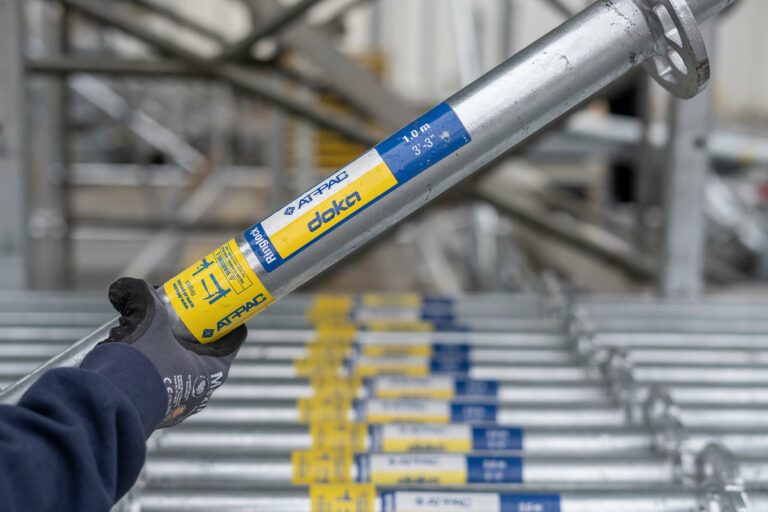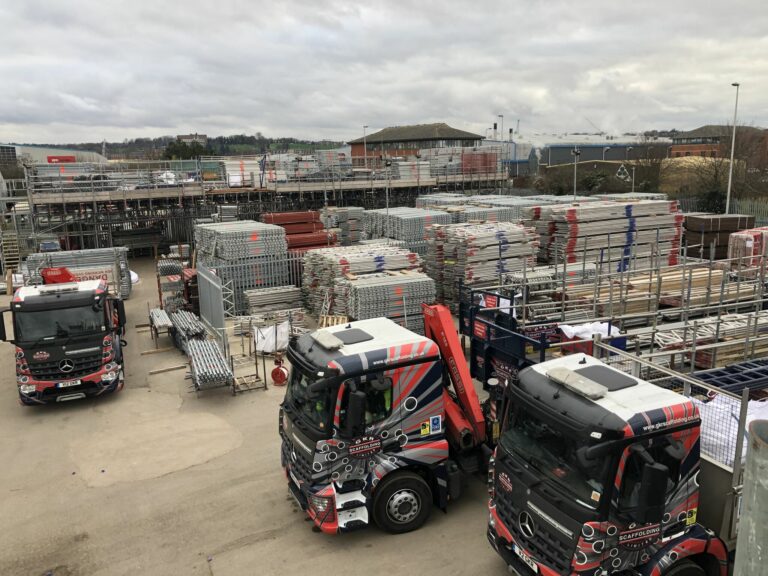The family of a 27-year-old ironworker who died after falling from a collapsed scaffold at a Chicago construction site has been awarded $23.5 million in a legal settlement.
David O’Donnell died in June 2024 while working on the University of Chicago Hospital’s Cancer Pavilion Project. He and fellow ironworker Jeffrey Spyrka fell from the scaffolding during strong winds. Spyrka survived the fall, sustaining injuries after landing on PVC piping.
The lawsuit, filed by both families, alleged that the scaffold system—designed to withstand winds of up to 85 mph—failed during a 44 mph gust. Lawyers representing the O’Donnell family cited structural weaknesses, substandard materials, and inadequate connections as contributing factors in the collapse.
Two companies, Adjustable Forms Inc. and Turner Construction Company, were named in the suit. The firms have not publicly commented on the settlement. However, in a statement issued in 2024, Adjustable Forms said it was aware of the incident and expressed condolences to the affected families, adding that it was cooperating with an investigation alongside Turner and the Occupational Safety and Health Administration (OSHA).
O’Donnell, described in his obituary as passionate about family, baseball, and his union, had joined his father and uncle in the construction industry, working on some of the city’s tallest buildings.
Lou Cairo, an attorney for the family, accused the companies of prioritising deadlines and profit over safety. “They just wanted the job done, because time is money,” he told local media.
Cairo said the settlement avoided what could have been a lengthy legal process. “The profound loss they have endured following David’s tragic death is truly unimaginable. We hope this resolution offers some foundation for healing,” he added.
While the case involving O’Donnell has been resolved, litigation remains ongoing for Spyrka and nine other ironworkers who were reportedly injured during the same incident.
The Occupational Safety and Health Administration has not yet issued its final findings.














 ScaffCycle enters the market at a time when sustainability is high on the agenda for the construction and access industries. Thousands of tonnes of scaffolding are scrapped annually due to overstock or logistical challenges, despite being in usable condition.
According to research from the Carbon Trust, reusing scaffolding materials can reduce associated carbon emissions by up to 85% compared to buying new.
“The construction sector has a huge opportunity to lead the shift to a circular economy,” said Keith James, Head of Public Sector Partnerships at WRAP.
“Platforms like ScaffCycle help reduce waste and environmental impact while offering clear financial benefits.”
ScaffCycle enters the market at a time when sustainability is high on the agenda for the construction and access industries. Thousands of tonnes of scaffolding are scrapped annually due to overstock or logistical challenges, despite being in usable condition.
According to research from the Carbon Trust, reusing scaffolding materials can reduce associated carbon emissions by up to 85% compared to buying new.
“The construction sector has a huge opportunity to lead the shift to a circular economy,” said Keith James, Head of Public Sector Partnerships at WRAP.
“Platforms like ScaffCycle help reduce waste and environmental impact while offering clear financial benefits.”

